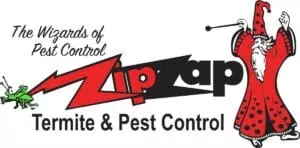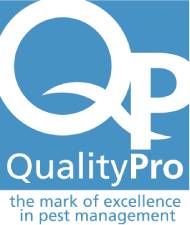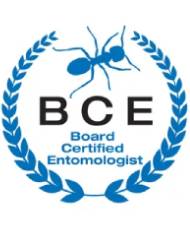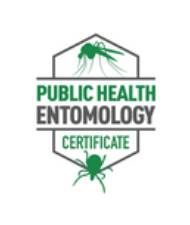How to Identify Earwigs and Their Control
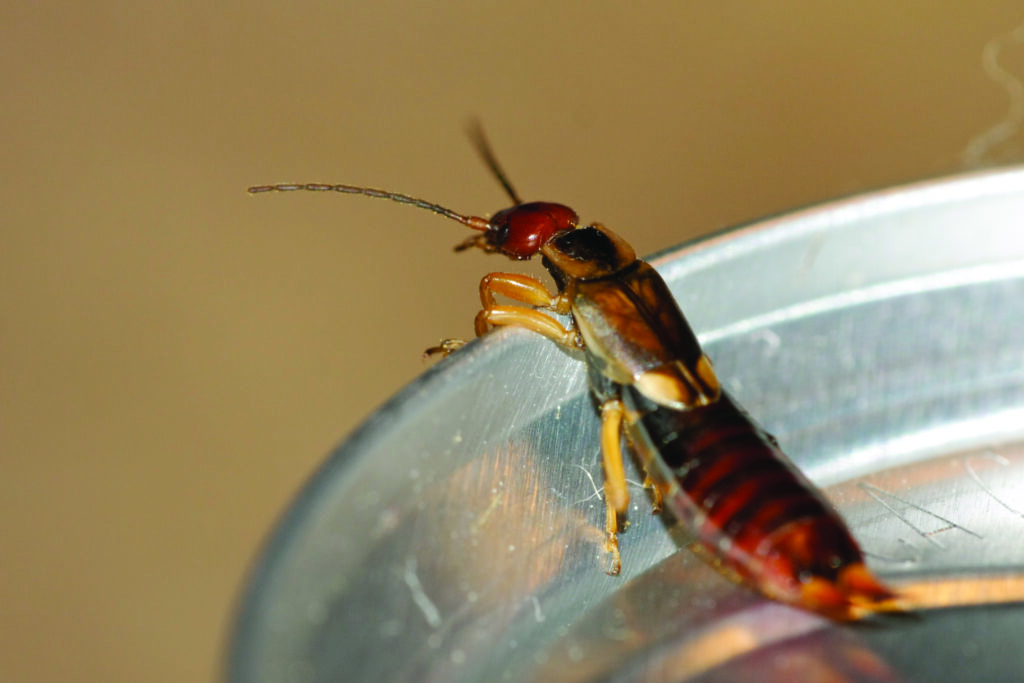
Earwigs: Those Pincer-Wielding Invaders
Earwigs are often misunderstood and feared due to their distinctive appearance, including pincers at the end of their abdomen. While they can be a nuisance, they rarely threaten humans. In Kansas City, these creatures are common, particularly during warmer months. Understanding the habits of the earwig and taking preventive measures can help keep your home earwig-free. Earwigs in Kansas City can become particularly problematic during the summer.
What Are Earwigs?
Earwigs are reddish-brown insects with long, slender bodies and two pairs of wings. Despite having wings, they rarely fly. The most recognizable feature of earwigs is their pincers, which are used for defense, capturing prey, and mating. Contrary to popular belief, even in Kansas City, earwigs do not crawl into people’s ears.
Why Are Earwigs Around My Home?
Earwigs are attracted to moist, dark environments. Several factors contribute to their presence around homes:
- Moisture: Earwigs thrive in damp conditions. Leaky pipes, basements, and crawl spaces can be particularly inviting for earwigs in Kansas City.
- Food Sources: These insects are omnivores, feeding on decaying organic matter, plants, and small insects. Gardens, compost piles, and mulch can attract them.
- Shelter: Earwigs seek shelter during the day, often hiding in cracks and crevices around homes.
How Do Earwigs Get Inside?
Earwigs can enter homes through various openings:
- Doors and Windows: Gaps around windows and doors provide easy access for earwigs in Kansas City homes.
- Foundations: Cracks in the foundation can allow earwigs to enter.
- Plumbing: Leaky pipes and damp basements can attract earwigs.
Preventing Earwig Invasions
To deter earwigs from entering your home, consider the following tips:
- Moisture Control: Fix leaky pipes, use dehumidifiers in damp areas, and ensure proper ventilation in basements and crawl spaces.
- Seal Entry Points: Seal gaps around doors, windows, and foundations.
- Yard Maintenance: Keep yards clean and free of debris. Trim bushes and plants away from your home’s foundation.
- Compost Management: Locate your compost pile away from your home and cover it to reduce earwig attraction.
- Light Management: Earwigs are attracted to light. To minimize their attraction, use yellow bulbs or sodium vapor lights outdoors.
When to Call Professional Pest Control
While you can implement preventive measures, professional pest control can be beneficial for severe infestations or to target hard-to-reach areas. Pest control experts in Kansas City have the knowledge and tools to eliminate earwigs and effectively prevent their return.
Earwig populations typically peak during spring and fall when conditions are damp and warm. If you notice a significant increase in earwig activity during these times, contacting a pest control company in Kansas City can help you regain control of your home.
Professional Pest Control Solutions
Pest control companies offer various treatments to address earwig infestations, including:
- Inspections: Professionals will inspect your home to identify entry points and areas with high earwig activity.
- Baiting: Bait stations can be used to reduce earwig populations.
- Product Treatments: Product treatments can be applied to deter earwigs and prevent re-infestation.
- Moisture Control Recommendations: Pest control experts can provide advice on improving moisture control in your home.
By combining preventative measures with professional pest control when necessary, you can effectively manage earwig populations and protect your home. Early detection and identification are key to preventing a full-blown infestation of earwigs in Kansas City.

Jeffery Preece BCE,PHE
Jeffery Preece is the owner and technical director at ZipZap Termite & Pest Control.
